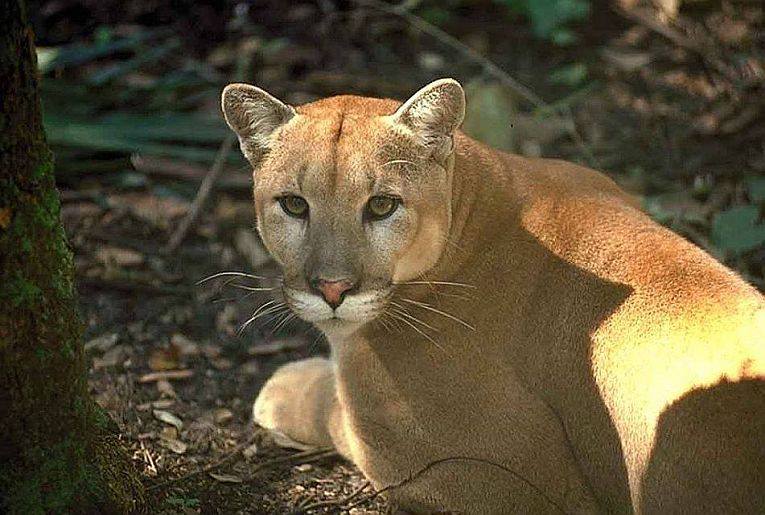Cougar image; Credit: © Connie Bransilver/USFWS
The large animals we still have with us on the planet are the most vulnerable to habitat fragmentation. Although this may see obvious, the loss of species has been studied frequently since the production of the interesting Madingley Model simulation of ecosystems. As this fragmentation also limits the ability of species to adapt as climate change takes hold, the situation becomes very complex as the animals and plant interactions are taken into account.
The latest PNAS paper on the problems of 4000 mammals by Kevin Crooks et al, from Colorado State University, US, the University of Queensland, Australia , Sapienza Università di Roma in Italy and Conservation Science Partners indicates that anthropogenic influences on habitat exacerbate the risks of extinction on a global basis. They publish under the title Quantification of habitat fragmentation reveals extinction risk in terrestrial mammals, unfortunately not as Open Access.
Highly suitable habitat for species usually occurs outside of protected areas, creating the impression that habitat fragmentation may often be the main driver of extinctions. As fragmentation increases, extinction risks increase as the species range and the percentage of available habitat decrease. The usefulness of this approach is to demonstrate that there are threats to many species not previously classified as threatened. The global extinction hotspots are also indicated for terrestrial mammals. Our species now interconnects so much with ourselves that other species have become increasingly disconnected within their remaining habitats. With high-res models, habitat suitability maps show up where species are most likely to survive or become extinct, at least locally. Known protected areas are often not within these suitable areas.
The obvious solutions of wildlife corridors between habitats and other linkages are obviously not working in a coordinated manner. Habitat for wildlife is often the perfect site for human occupation, unfortunately. Resolution of the politics and the finances may well be impossible in many cases, but the investment we need in our wildlife is at the centre of global conservation effort. At least this paper makes it obvious where we need to manage and if necessary, make our voices heard on specific situations, both within our own nations and in worldwide problems with maintaining life as we know it.










